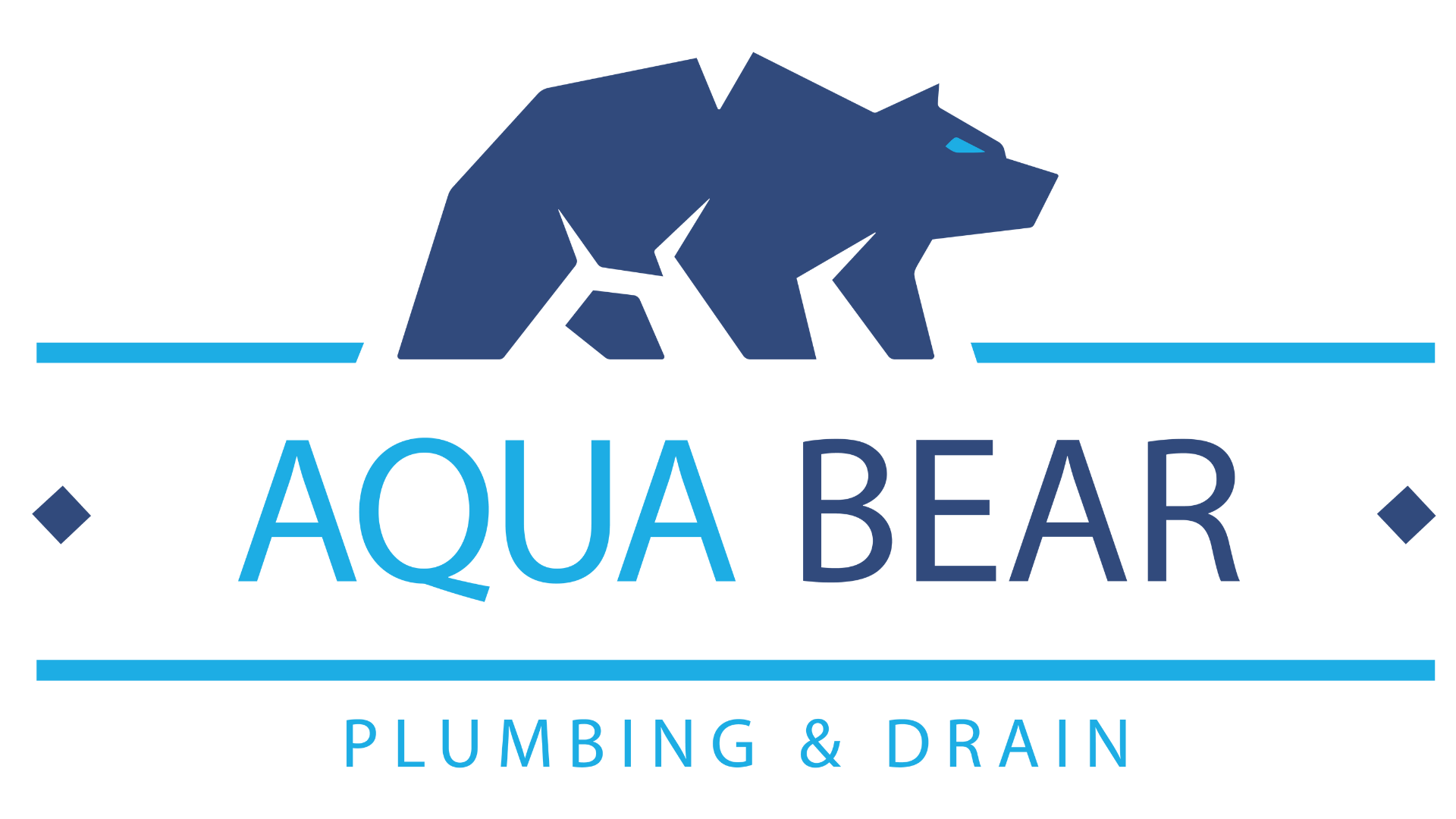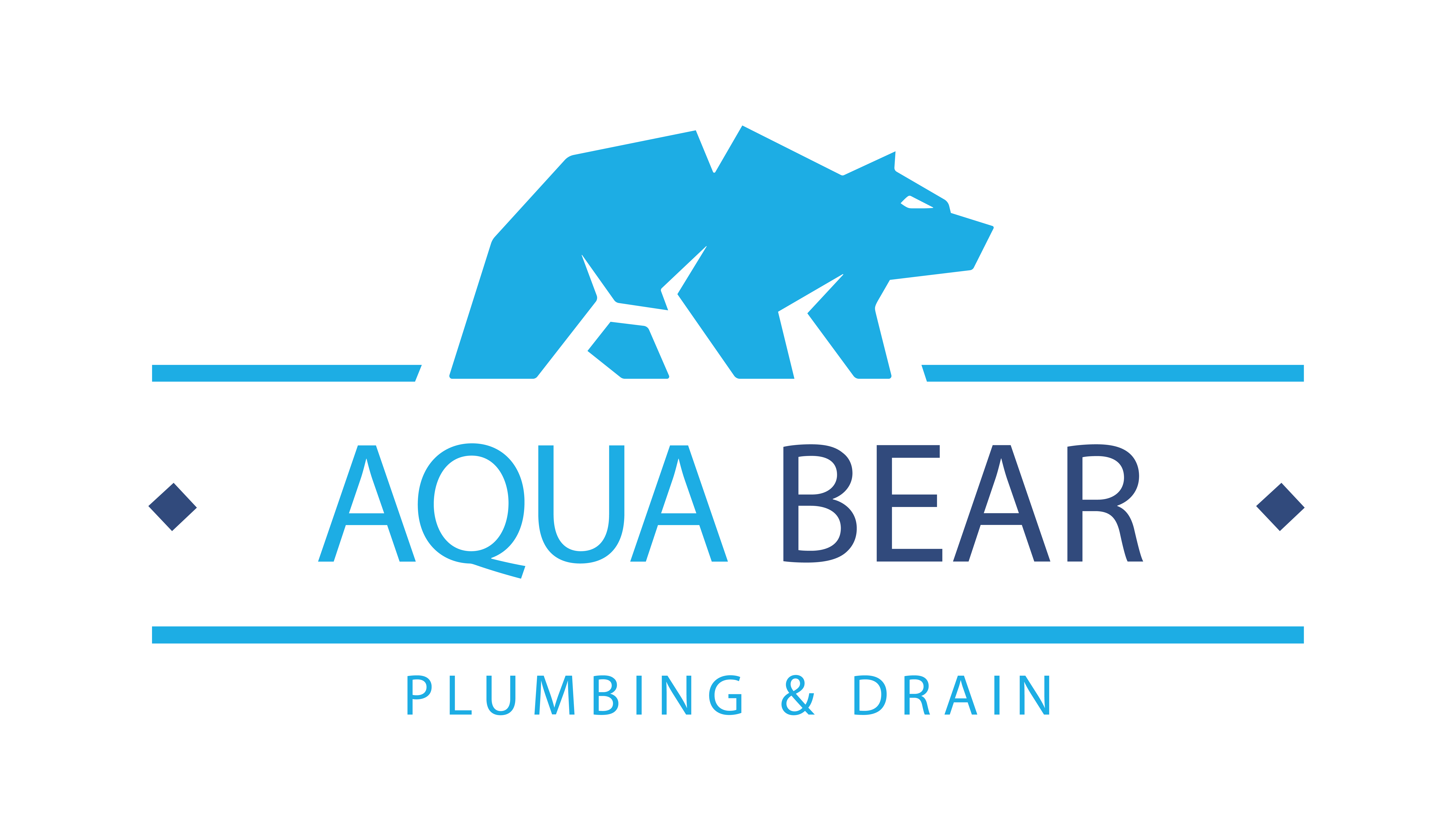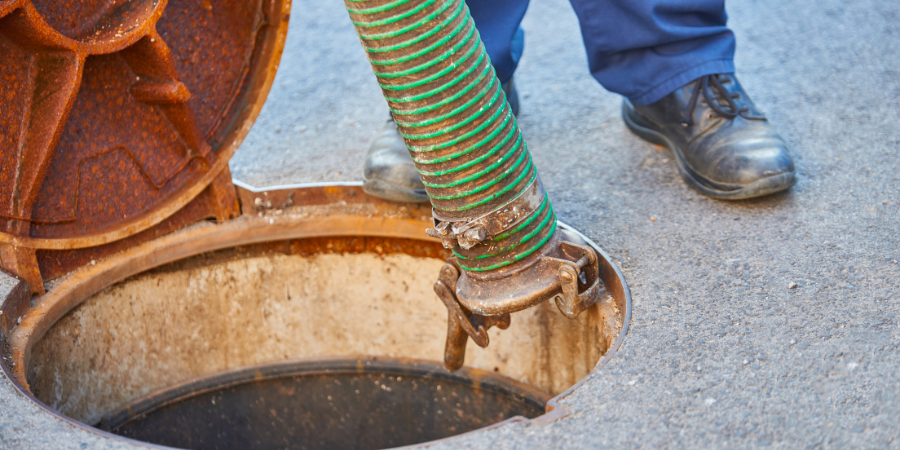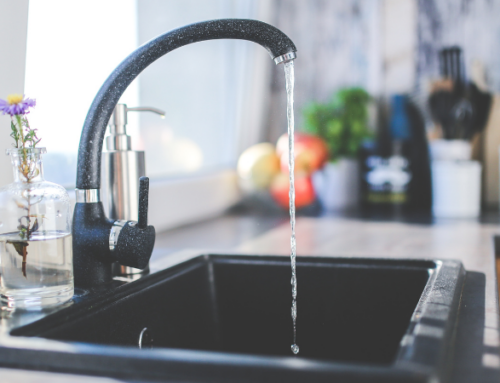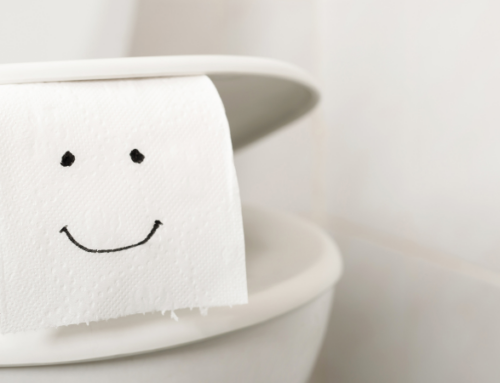Aging Plumbing
The type of pipe material used for your sewer line will dictate the durability of your line. In the 1950s and 60s asbestos-cement piping was a popular choice for sewer lines. While the piping itself was a good option the components used to connect the segments of pipe making up the entire sewer line were faulty and easily leaked. This led to erosion of the soil supporting the sewer pipe and the subsequent collapsing of pipes.
During the same period, clay and cast iron pipes were also being installed and are now reaching the end of their expected 75-year life span. This is causing frequent collapsing of the sewer line as well.
Perhaps the worst pipe choice ever offered was Orangeburg pipe. This pipe material was installed up until 1972 and while some have gone beyond its expected life span, it has been responsible for many sewer line failures. It is no longer being installed today.
Tree Roots
Sewer lines carry organic material along with wastewater which combines to make an attractive meal for tree roots seeking moisture and nourishment. Older plumbing materials, as we have read, are nearing the end of their life span and are prone to cracking which is all that is needed for root growth to enter the sewer line and multiply. As the roots fill the interior of the sewer pipe, it can cause breaking and a collapsed pipe. Trees that are particularly dangerous to sewer lines are as follows:
- Willows
- Figs
- Oaks
- Sycamores
- Elm
- Birch
These varieties should not be planted in the vicinity of your sewer line and trees already in that area need to be maintained and controlled. A root barrier can be installed or a chemical root inhibitor may be used to reduce the danger of a sewer line collapse.
Poor Installation
When the sewer line was initially installed there may have been errors made. Pipes that do not connect securely allow dirt and debris to enter and, over time, that builds up creating clogged lines. These open areas between pipes also allow wastewater and sewage to exit the pipe attracting tree roots and eroding the supporting soil base creating conditions ideal for a pipe collapse.
Corrosion and Pipe Failure
Many homeowners are quick to reach for chemical drain cleaners when faced with a clog. These cleaners contain harsh toxins that destroy the interior of pipes leading to sewer pipe failures. Other situations that are harmful to pipe materials are soil particles that interact with pipe exteriors, the eroding of the protective coating applied to pipe linings, and the combination of wastewater and bacteria naturally found in sewer lines. Any of these conditions weaken sewer lines eventually leading to a potential collapse.
Ground Movement
There are several reasons the ground-supporting sewer lines might shift. We have discussed how leaks erode soil but events such as earthquakes or storms that produce heavy rains can also be at fault. Even living in the vicinity of heavy construction can be problematic. As the ground shifts it can pull pipe connections apart, crack pipes, or cause pipes to collapse.
Need A Sewer Line Plumber Today?
Sewer lines are an important component of a home’s plumbing system but they are not without threats to their proper functioning. Here we have looked at common causes of a sewer line collapse which is considered a true plumbing emergency and a condition to be avoided at all costs.
We highly recommend a complete plumbing inspection once a year which will include an inspection of your sewer line for potential problems. By yearly monitoring your sewer system you will be certain to minimize your chances of ever experiencing a sewer line collapse!
